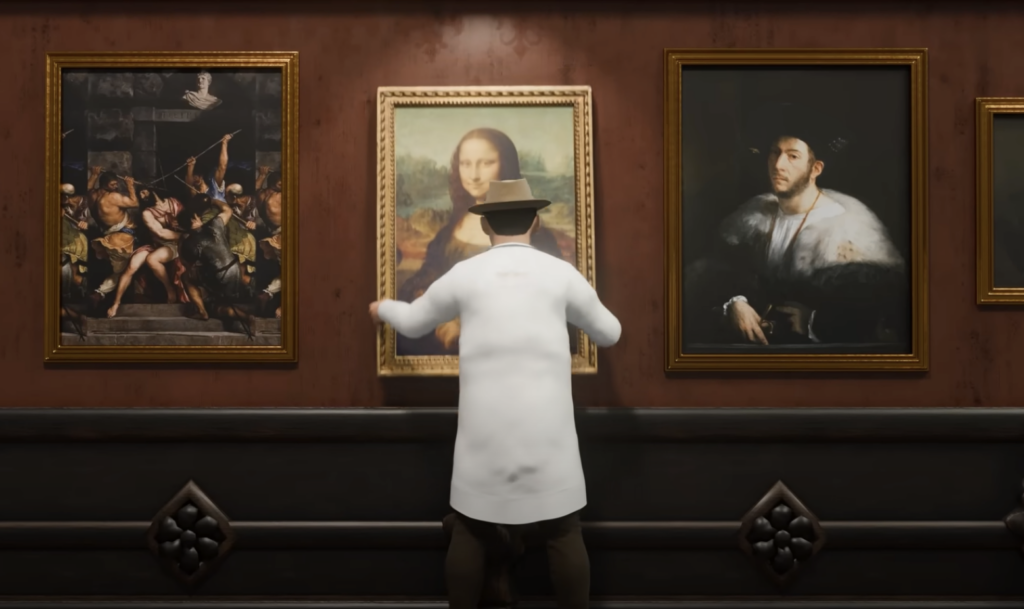If you happen to go to the Louvre to have a look at Leonardo da Vinci’s Mona Lisa, you’ll find that you can’t get especially close to it. That owes in part to the ever-present crowd of cellphone photographers, and more so to the painting’s having been installed behind a wooden barrier and encased in a sturdy-looking glass box. These are suitable precautions, you might imagine, for the single most famous work of art in the world. But there wasn’t always so much security, and indeed, nor was Mona Lisa always so dearly prized. A little more than a century ago, you could just walk out of the Louvre with it.
You could do so, that is, provided you had a knowledge of the Louvre’s internal operations, the nerve to pluck a masterpiece off its walls, and the willingness to spend a night in one of the museum’s closets. Vincenzo Peruggia, an Italian immigrant who’d worked there as a cleaner and reframer of paintings, had all those qualities. On the evening of Sunday, August 20th, 1911, Peruggia entered the Louvre wearing one of its standard-issue employee coats. The next day, he emerged into an almost empty museum, closed as it was to the public every Monday. You can find out what happened next by watching the Primal Space video above, which visualizes each step of the heist and its aftermath.
Why did Peruggia dare to steal the Mona Lisa in broad daylight, an act worthy of Arsène Lupin (himself created just a few years earlier)? Discovered a couple years later, having hidden the painting in the false bottom of a trunk nearly all the while, Peruggia cast himself as an Italian patriot attempting to return a piece of cultural patrimony to its homeland. Another possibility, elaborated upon in the video, is that he was nothing more than a pawn in a larger scheme masterminded by the forger Eduardo de Valfierno, who planned to make several copies of the missing masterpiece and sell them to credulous American millionaires.
That, in any case, is what one Saturday Evening Post story reported in 1932, though it could well be that, in reality, Peruggia acted alone, out of no higher motive than a need for cash. (In a way, it would have been a more interesting story had the culprits actually been Pablo Picasso and Guillaume Apollinaire, whose unrelated possession of statues stolen from the Louvre drew police suspicion.) However the heist occurred, it wouldn’t have happened if its object hadn’t already been widely known, at least among art enthusiasts. But soon after La Gioconda was returned to her rightful place, she became the face of art itself — and the reason museums do things much differently now than they did in the nineteen-tens. The Louvre, you’ll notice, is now closed on Tuesdays instead.
Related content:
What Makes Leonardo’s Mona Lisa a Great Painting?: An Explanation in 15 Minutes
What Makes the Mona Lisa a Great Painting: A Deep Dive
Why Leonardo da Vinci’s Greatest Painting is Not the Mona Lisa
How France Hid the Mona Lisa & Other Louvre Masterpieces During World War II
When Pablo Picasso and Guillaume Apollinaire Were Accused of Stealing the Mona Lisa (1911)
Based in Seoul, Colin Marshall writes and broadcasts on cities, language, and culture. His projects include the Substack newsletter Books on Cities and the book The Stateless City: a Walk through 21st-Century Los Angeles. Follow him on the social network formerly known as Twitter at @colinmarshall.







